1)Jordaan, M., and C. L. Bredenkamp. “Thymelaeaceae: The true identity of Synaptolepis Kirkii.”
Bothalia 39.1 (2009).
2)Kokwaro, John O. Medicinal plants of east Africa. East African Literature Bureau, 1976.
3)Watt, John Mitchell, and Maria Gerdina Breyer-Brandwijk. “The Medicinal and Poisonous Plants of Southern and Eastern Africa being an Account of their Medicinal and other Uses, Chemical Composition, Pharmacological Effects and Toxicology in Man and Animal.” The Medicinal and Poisonous Plants of Southern and Eastern Africa being an Account of their Medicinal and other Uses, Chemical Composition, Pharmacological Effects and Toxicology in Man and Animal. (1962).
4)Hutchings, Anne. Zulu medicinal plants: An inventory. University of Natal press, 1996.
5)Runyoro, D. K. B., et al. “Medicinal plants used by Tanzanian traditional healers in the management of Candida infections.” Journal of Ethnopharmacology 106.2 (2006).
6)Omara, Timothy, et al. “Medicinal plants used as snake venom antidotes in East African Community: review and assessment of scientific evidences.” Journal of Medicinal and Chemical Sciences 4.2 (2021).
7)Van Wyk, Ben-Erik, and Nigel Gericke. People’s plants: A guide to useful plants of Southern Africa. Briza publications, 2000.
8)Sobiecki, Jean-Francois. “Psychoactive ubulawu spiritual medicines and healing dynamics in the initiation process of Southern Bantu diviners.” Journal of Psychoactive drugs 44.3 (2012).
9)Borris, Robert P., Gábor Blaskó, and Geoffrey A. Cordell. “Ethnopharmacologic and phytochemical studies of the Thymelaeaceae.” Journal of ethnopharmacology 24.1 (1988).
10)He, Weidong, et al. “Kirkinine, a new daphnane orthoester with potent neurotrophic activity from Synaptolepis kirkii.” Journal of natural products 63.9 (2000)..
11)Van Kolen, Kristof, et al. “Investigation of signalling cascades induced by neurotrophic synaptolepis factor K7 reveals a critical role for novel PKCε.” European journal of pharmacology 701.1-3 (2013).
12)He, Weidong, et al. “Neurotrophic and antileukemic daphnane diterpenoids from Synaptolepis kirkii.” Bioorganic & medicinal chemistry 10.10 (2002).
13)Wang, Ling, et al. “Anti-inflammatory and anti-angiogenic activities in vitro of eight diterpenes from Daphne genkwa based on hierarchical cluster and principal component analysis.” Journal of natural medicines 72.3 (2018).
14)Sik, KYUNG Min, et al. “Anti-inflammatory Effect of Yuanhuadine by Inhibition of MyD88-dependent Signaling Pathway in LPSinduced Macrophages.” 추계총회 및 학술대회 (2011).
15)Runyoro, D. K. B., et al. “Cytotoxic activity of some Tanzanian medicinal plants.” East and Central African Journal of Pharmaceutical Sciences 8.2 (2005).
16)Xu, Jun-Ping. Cancer inhibitors from Chinese natural medicines. CRC Press, 2016.
17)Vidal, Vincent, et al. “Library-based discovery and characterization of daphnane diterpenes as potent and selective HIV inhibitors in Daphne gnidium.” Journal of natural products 75.3 (2012).
18)Adolf, W., et al. “Irritant Principles of the Mezereon Family (Thymelaeaceae), V. New skin irritants and tumor Promoters of the daphnane and 1α-alkyldaphnane type from Synaptolepis kirkii and Synaptolepis retusa.” Journal of natural products 51.4 (1988).

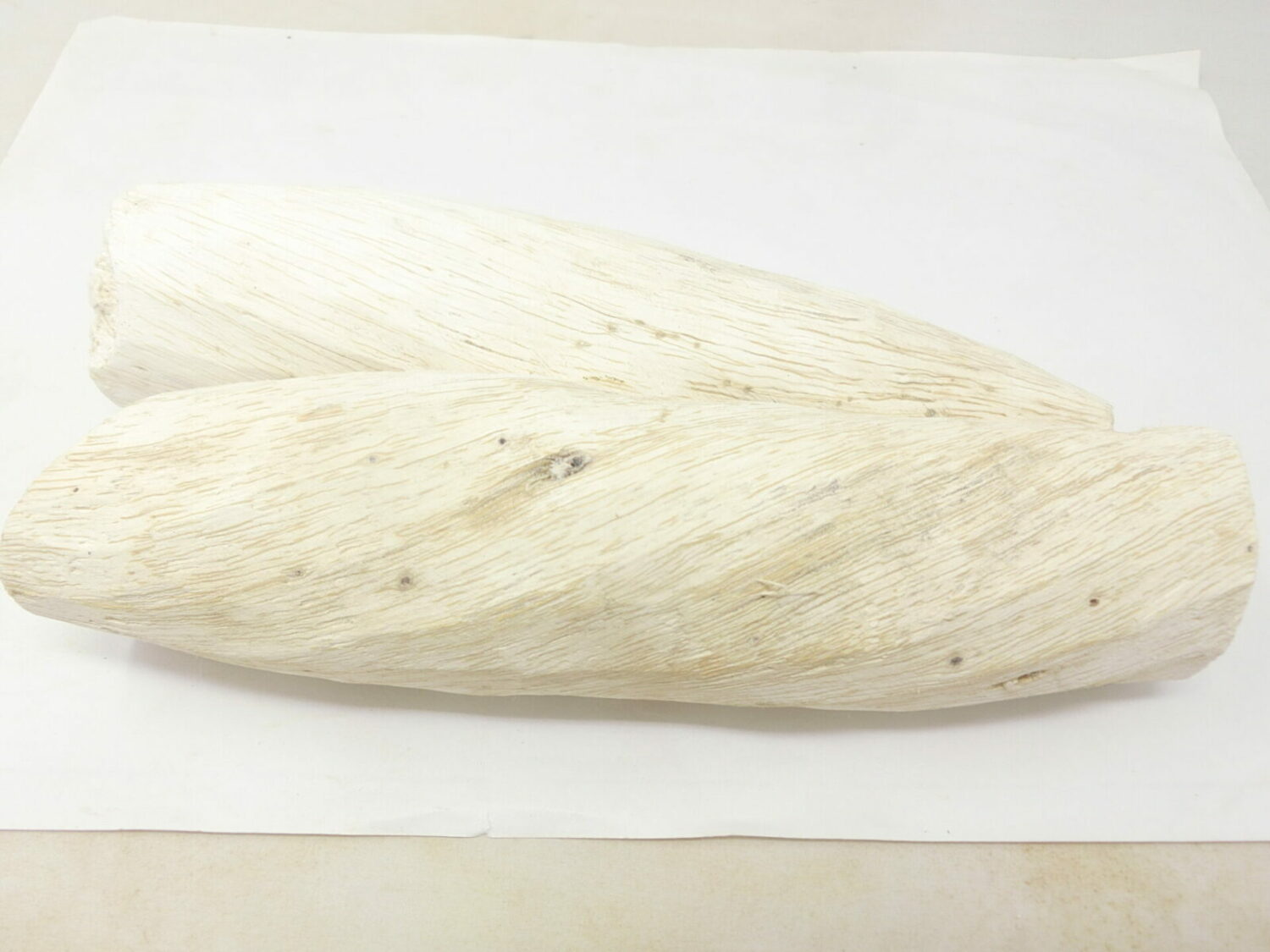
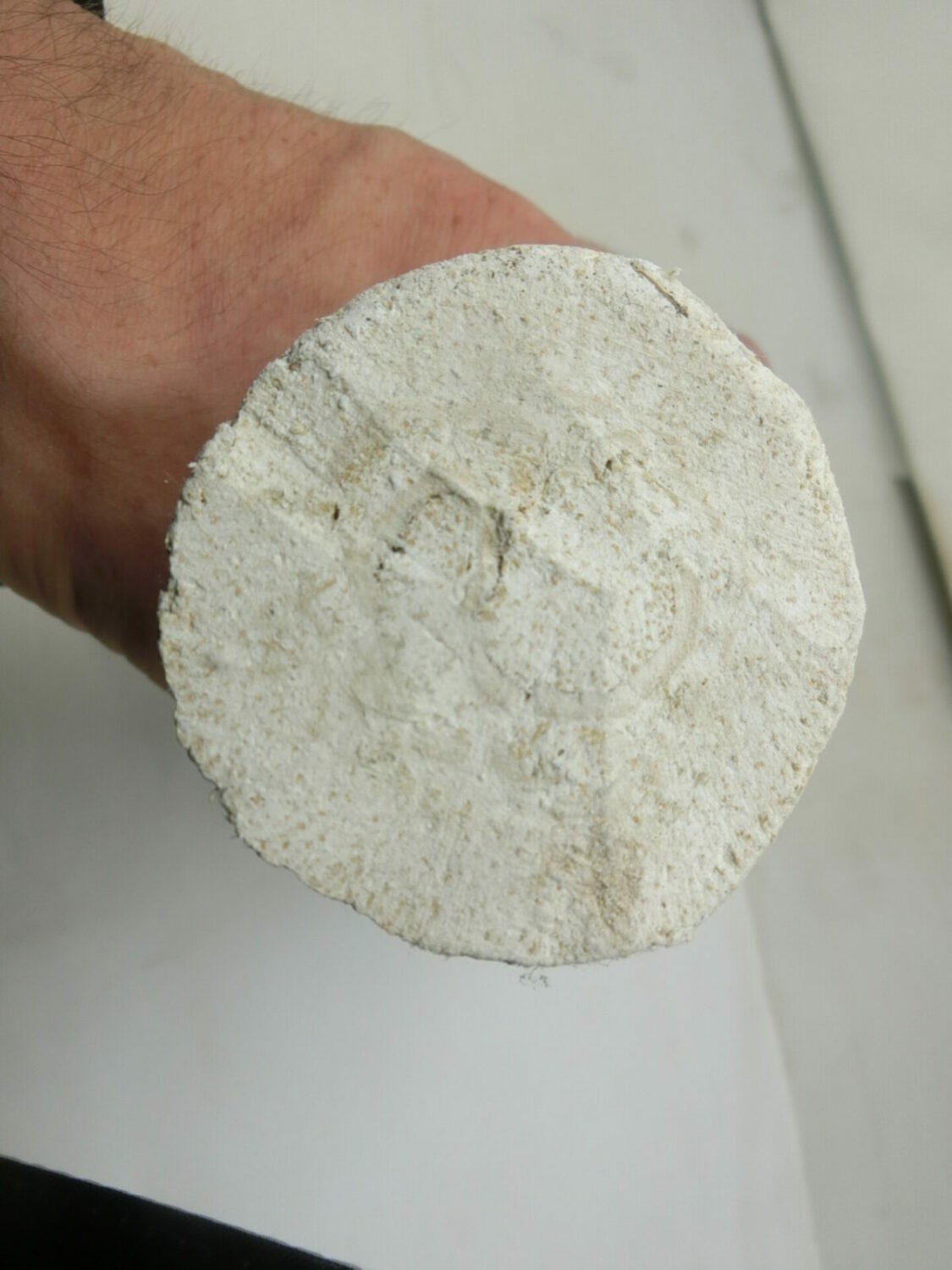
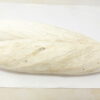
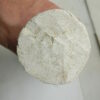
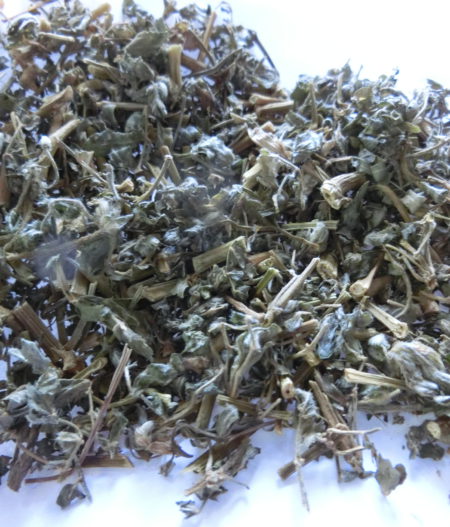
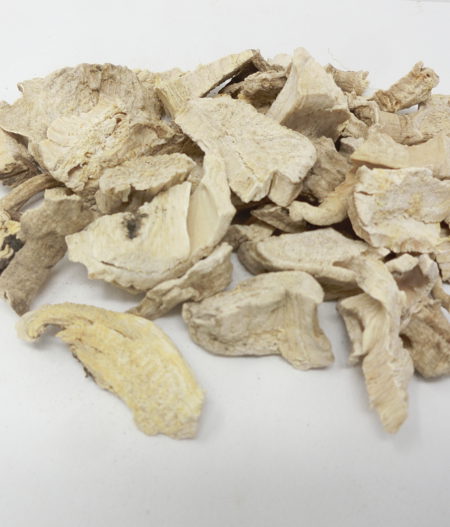
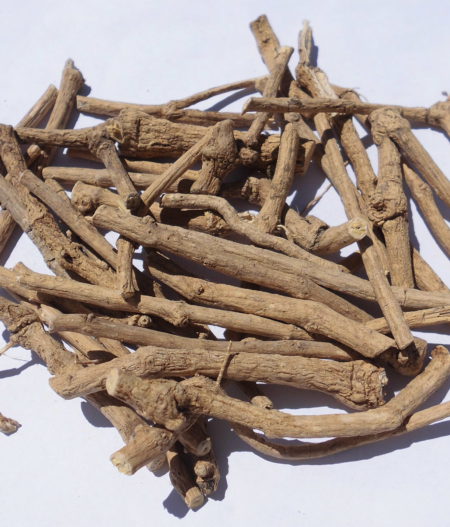
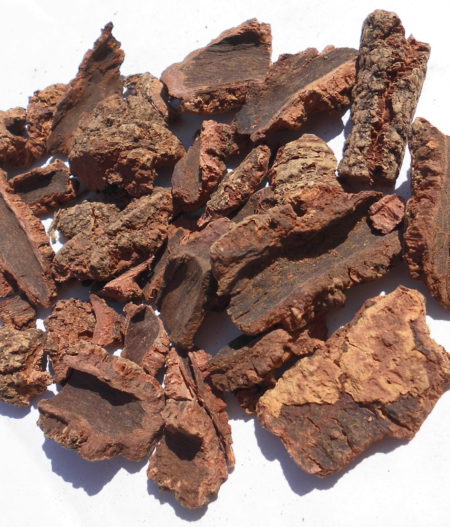

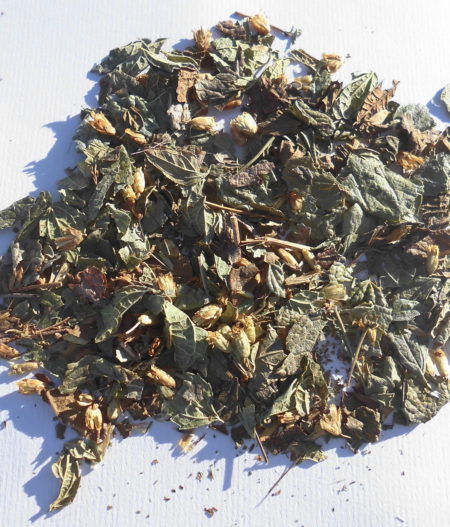
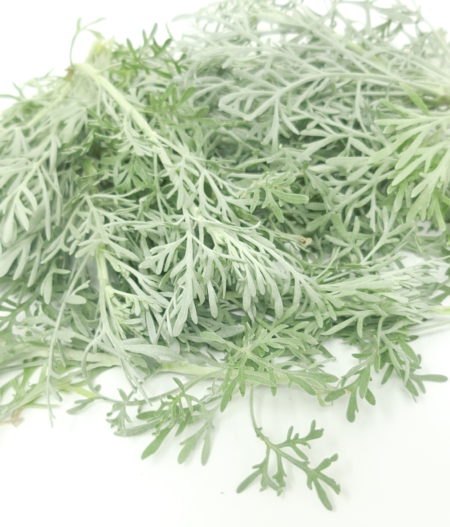
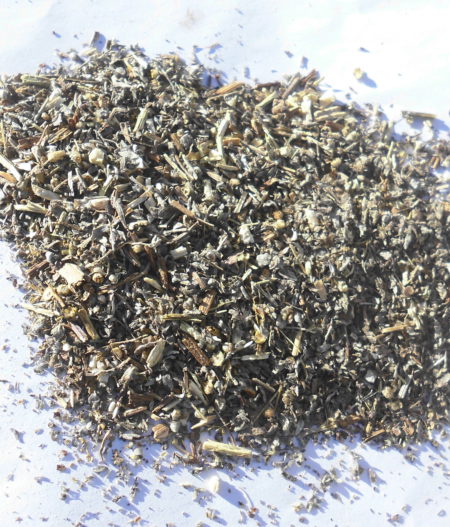
Recensioni
Ancora non ci sono recensioni.